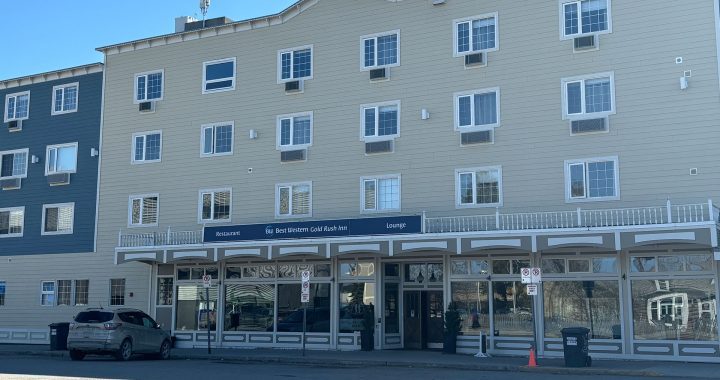Everyone can agree that moving away from program-based funding for on-reserve education is a good idea.
For far too long First Nations couldn’t plan ahead or would see funding change, even evaporate, year after year.
One nation could be getting money for a program while the nation next to it didn’t at all.
It all came down to writing proposals.
Now there’s a new approach as announced by the federal government Monday, with the Assembly of First Nations, following more than two years of negotiations.
It’s based on a funding formula for K-12 schooling on-reserve and is expected to roll about $360 million from previous program-based funding streams into core funding as of April 1.
It means funding should become more predictable.
“We’re happy this is no longer going to be project-based funding for First Nations schools. I think that is a step up,” said John Martin, former chief of Gesgapegiag First Nation and current education portfolio holder at the Assembly of First Nations Education Quebec-Labrador.
However, Martin quickly follows that up with a “but….”
“The way the department of (Indigenous Services) has proceeded is not very equitable. We had to meet no less than three times with (former) minister Jane Philpott to address in terms of the way the interim funding formula was being negotiated,” said Martin.
He said once they received a draft report of the funding formula, about a year ago, his group found more than 120 problems with it that needed to be addressed. He said while the majority have been fixed there is more work to be done.
“When we talk about inequities, we can talk about communities in our region that may get a tuition rate of approximately $15,000 in one community and in another community it approaches the $50,000 mark,” said Martin.
Geography, such as remoteness, and number of children can determine the ratio a community receives under the new formula.
The funding formula isn’t set in stone, however, as nations or regions can negotiate individual education agreements.
“It is our jurisdiction in education that we seek to strengthen and implement in our communities,” said Martin.
While the new funding formula was announced Monday, the Trudeau government was making another one in British Columbia Wednesday.
A new five-year tripartite education agreement was announced replacing the old one originally signed in 2012 affecting 131 on-reserve schools in B.C.
“It’s about us recognizing that nobody is better purposed to be decision makers in education than us ourselves,” said Tyrone McNeil, president of the First Nations Education Steering Committee.
“We can’t be complete without our identity, our language, our culture, our history, our knowledge of the land that raises us.”
The new agreement comes with an additional $14 million in funding, particularly for language and culture.
The principle of Kitasoo Community School said they recently received $130,000 that works out to just about $2,000 a student to enhance language and culture programs.
That includes a plan to hire dedicated staff.
“We think implementing this plan will not only make our students stronger but result in better outcomes for them after high school,” said Justin Magnuson.










